I love the diversity of our area. We live in the foothills on the western side of the Sierra Nevada, a region that includes rolling grasslands, oak savannah, chaparral, oak woodlands, and steep-sided river canyons. Just to the west of that is California’s Central Valley, an agricultural hub that also contains marshes and wetlands, hosting vast flocks of waterfowl in winter.
To our east lies the higher terrain of the Sierra, including the wondrous Yosemite Valley, plus magnificent conifer forests, meadows, canyons, rivers, lakes, and peaks. And when Tioga Pass is open we can reach the eastern side of the mountains in about two-and-a-half hours, where the trees give way to high desert, with sagebrush, junipers, pinyon pines, pronghorn antelope, wild horses, stunning views of the Sierra – and the uniquely beautiful shores of Mono Lake.
Mono Lake can seem like a strange place at first. It’s a lake, but it has no outlet, and the water is salty – many times saltier than the ocean. There are no trees along the shore, nor fish in the water. And of course you find those strange tufa formations, giving the lake an extra-terrestrial vibe.
But despite its barren appearance there is life in the lake. Lots of life. Brine shrimp, brine flies, and brine-fly larvae feed great numbers of migrating birds like phalaropes and grebes. Ospreys nest on tufa towers near the shore, commuting to nearby freshwater lakes and streams to catch fish and bring them back to their young. Coyotes roam the shores hunting for rabbits and rodents. There are a lot of rabbits, and chipmunks, and once Claudia and I saw a weasel weaseling through the tufa.
I’m used to the strangeness of Mono Lake by now. It doesn’t seem so strange to me anymore; in fact I find the lakeshore to be a quiet, peaceful place – at least when the wind isn’t blowing.
But it’s always beautiful, even when windy, and it’s frequently photogenic. Aside from the tufa formations, that vast pool of water reflects sky and clouds and stars in a never-ending light show. When we visit the eastern Sierra I’m usually thinking about photographing the mountains, or the wildflowers, or the fall color. Yet I keep getting drawn to Mono Lake. It’s irresistible.
During our time on the east side last month we found patches of beautiful, feathery grasses near the shore, something I hadn’t seen in awhile. And of course we saw wonderful reflections in the water. Here’s a small selection of images from our time at Mono Lake. I’m sure I’ll be drawn back soon.
— Michael Frye
Related Posts: Wind Clouds; Eastside Flowers
Michael Frye is a professional photographer specializing in landscapes and nature. He is the author or principal photographer of The Photographer’s Guide to Yosemite, Yosemite Meditations, Yosemite Meditations for Women, Yosemite Meditations for Adventurers, and Digital Landscape Photography: In the Footsteps of Ansel Adams and the Great Masters. He has also written three eBooks: Light & Land: Landscapes in the Digital Darkroom, Exposure for Outdoor Photography, and Landscapes in Lightroom: The Essential Step-by-Step Guide. Michael has written numerous magazine articles on the art and technique of photography, and his images have been published in over thirty countries around the world. Michael has lived either in or near Yosemite National Park since 1983, currently residing just outside the park in Mariposa, California.

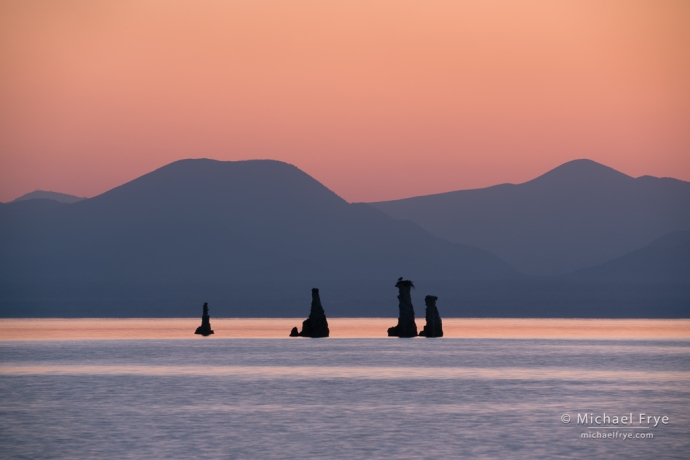
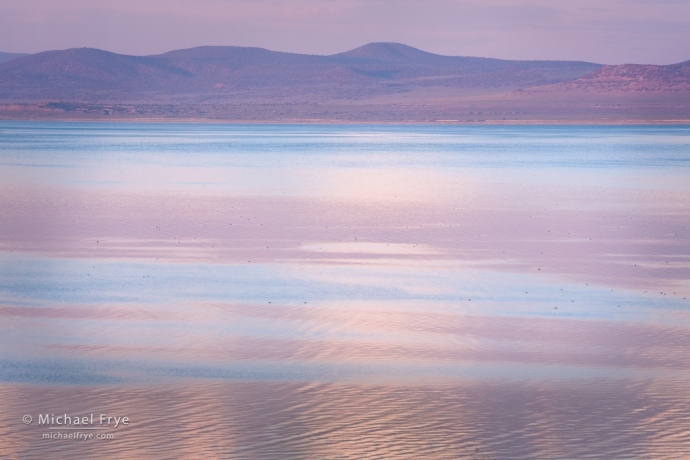
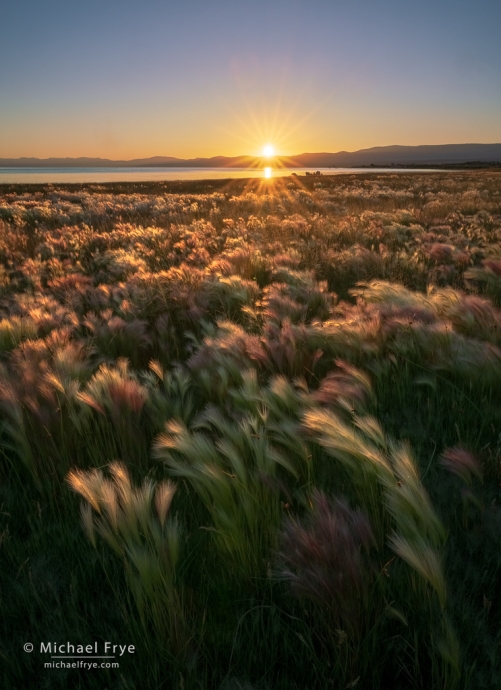
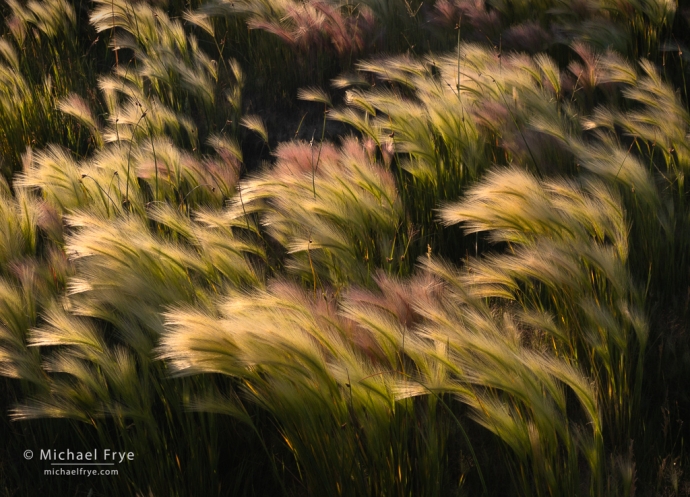
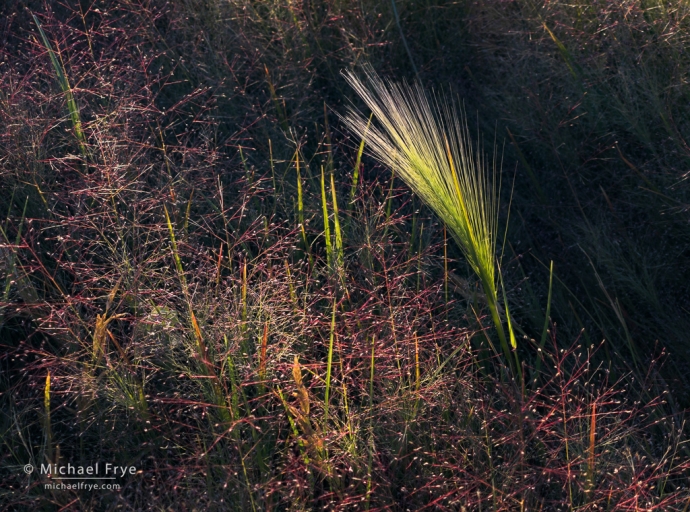
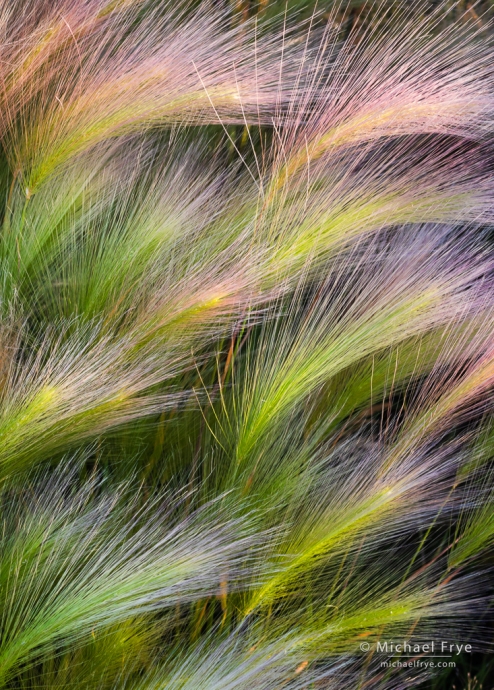








These are wonderful images Michael. I too have visited Mono Lake on several occasions and always find it fascinating.
Thanks Ted – glad you like Mono Lake!
Great write up on a great place. And wonderful photos as usual. I drive near this area a few times/year and once in a while deviate my route to go by the lake. This years heavy snowpack in the area has caused the Owens Valley and Owens Lake to have more water than I have seen in the years I’ve been traversing the area. I wonder if Mono Lake is rising from all the snowpack as well.
Thanks Paul! Mono Lake did rise this year, but it was quite low after years of drought, so it’ll need more than one good year to get up to the level it’s supposed to be at.
Lovely images, Michael, and beautifully written! It’s a hauntingly beautiful lake, and the Mono Lake Committee has made a significant contribution to keeping it alive.
Thanks Bob, and yes, the Mono Lake Committee does good work, along with some other organizations that have fought for the lake.
Thanks for sharing, Michael. I especially like the long exposure of the grasses blowing in the breeze. Very beautiful!
Thanks Rob! To clarify though, all the grass photos were made with faster shutter speeds, and there wasn’t much of a breeze. The grasses seem to naturally bend over, maybe from their own weight.
Even better! Thanks for clarifying.
That’s interesting about the grasses not being there every year, or at least not in abundance. I’ve been disappointed a couple of times when I’ve returned to photograph previously seen “blooms”. Besides the barley, there’s one other taller grass (maybe a wild rice) that I’ve only seen once (not that I check every year).
I think it depends on the lake level. When it goes up it drowns some of the grasses, then if it drops it takes years for the vegetation – including grasses – to return.